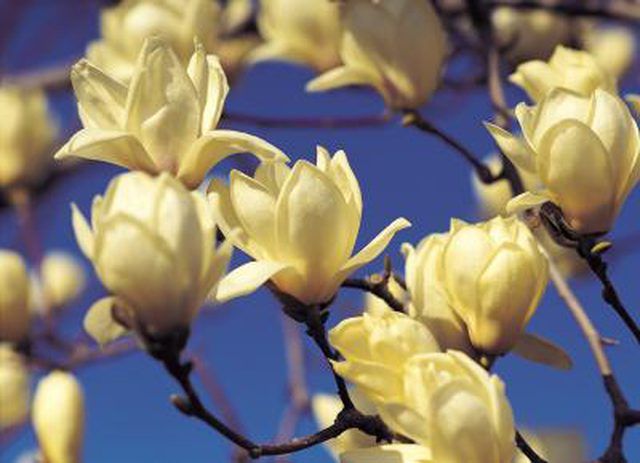Bulbs
Flower Basics
Flower Beds & Specialty Gardens
Flower Garden
Garden Furniture
Garden Gnomes
Garden Seeds
Garden Sheds
Garden Statues
Garden Tools & Supplies
Gardening Basics
Green & Organic
Groundcovers & Vines
Growing Annuals
Growing Basil
Growing Beans
Growing Berries
Growing Blueberries
Growing Cactus
Growing Corn
Growing Cotton
Growing Edibles
Growing Flowers
Growing Garlic
Growing Grapes
Growing Grass
Growing Herbs
Growing Jasmine
Growing Mint
Growing Mushrooms
Orchids
Growing Peanuts
Growing Perennials
Growing Plants
Growing Rosemary
Growing Roses
Growing Strawberries
Growing Sunflowers
Growing Thyme
Growing Tomatoes
Growing Tulips
Growing Vegetables
Herb Basics
Herb Garden
Indoor Growing
Landscaping Basics
Landscaping Patios
Landscaping Plants
Landscaping Shrubs
Landscaping Trees
Landscaping Walks & Pathways
Lawn Basics
Lawn Maintenance
Lawn Mowers
Lawn Ornaments
Lawn Planting
Lawn Tools
Outdoor Growing
Overall Landscape Planning
Pests, Weeds & Problems
Plant Basics
Rock Garden
Rose Garden
Shrubs
Soil
Specialty Gardens
Trees
Vegetable Garden
Yard Maintenance
How to Graft a Champaca Tree
How to Graft a Champaca Tree. The champaca (Michelia champaca) is a species of fragrant flowering tree within the magnolia genus. It is also called the yellow jade orchid tree, fragrant champaca, Himalayan champaca or magnolia champaca. An evergreen native to Southern Asia, it is best suited to U.S. Department of Agriculture plant hardiness zones...

The champaca (Michelia champaca) is a species of fragrant flowering tree within the magnolia genus. It is also called the yellow jade orchid tree, fragrant champaca, Himalayan champaca or magnolia champaca. An evergreen native to Southern Asia, it is best suited to U.S. Department of Agriculture plant hardiness zones 10 and 11. Although the champaca eventually reaches 25 to 30 feet tall and wide at full maturity, it is an extremely slow grower and bloomer, sometimes taking as long as 10 years to produce flowers. Trees sprouted from grafts tend to bloom in as little as 1 to 2 years, significantly faster than those grown from seed. Grafting forces a small piece of vegetative tissue to regrow the parts it needs to survive. You must locate a champaca and and get permission to cut a small branch from it. This small branch, called a scion, will be the beginnings of your new tree.Trees from the magnolia family graft best when cuttings are taken at the semi-hardwood stage of growth, which occurs just after a major growth spurt in mid-July to early fall.
Things You'll Need
Clippers
Bleach
Rooting hormone
4-inch pot
Course sand
Peat
The scions you chose should have both current and past growth on it. Choose healthy branches without wilt or fungus. Cut a 4- to 6-inch long piece. It is smart to cut a few to attempt to root since the growing process is not 100 percent guaranteed to work every time.
Sterilize your pruning shears with one part bleach mixed with nine parts water to avoid spreading disease to your new tree.Soak the blades in the solution for five minutes. Use the cleaned, sharp shears to cut scions from the tree.
Remove any flowers and flower buds from the scions so all of the tree's energy can route to growing new roots rather than to reproduction. Keep the scions in a cool and moist area if you are unable to transplant them immediately. Place them in a baggie with a wet paper towel and store them in the refrigerator or a cooler until you are ready to plant them.
Prepare a 4-inch pot with a mixture of equal parts of peat and course sand. Dip the cut end of one of the scions into rooting hormone and insert it 1/3 to 1/2 of its length into the pot, making sure the buds are pointed up. Repeat this process with each scion.
Water the cuttings as needed and, when leaves grow, mist them a few times a week. Keep the seedlings in a pot for at least a year to increase its chances of survival in the ground.
Tips & Warnings
Rooting hormones may be purchased in a home improvement store or gardening center.
If humidity is low in your location, increase humidity by placing a plastic bag or bottomless milk jug over the cuttings.
Do not use vermiculite alone for potting, as it can become overly moist and rot the scions